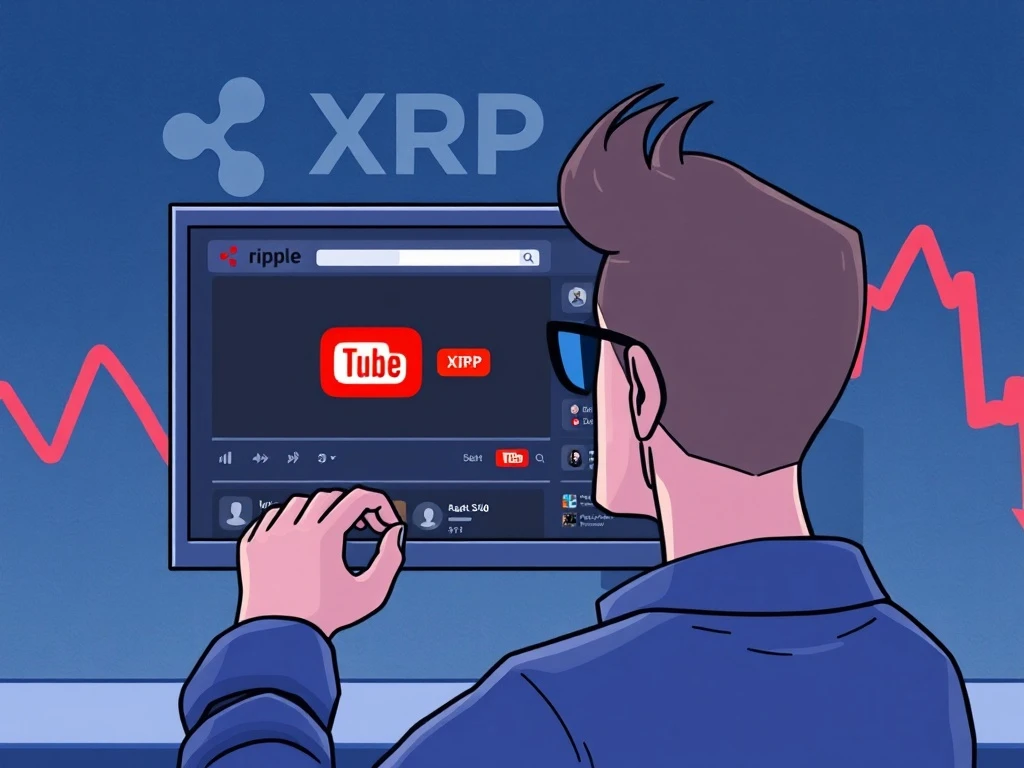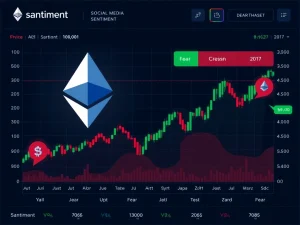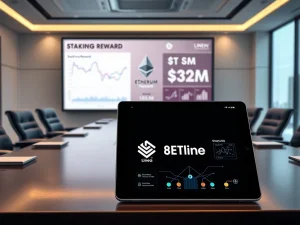XRP Scams Explode: Ripple CEO Issues Urgent Warning Amid Price Surge

The cryptocurrency market is a dynamic space, full of exciting opportunities and, unfortunately, significant risks. Recently, the digital asset XRP experienced a notable price surge, captivating investors worldwide. However, this bullish momentum has also created a fertile ground for illicit activities, leading to a dangerous rise in **XRP scams** on platforms like YouTube. This situation has prompted an urgent **Ripple CEO Warning**, highlighting the critical need for vigilance among the crypto community.
The Alarming Rise of **XRP Scams** on YouTube
Ripple CEO Brad Garlinghouse has publicly alerted the community to a sharp increase in fraudulent schemes specifically targeting XRP investors on YouTube. This surge in deceptive practices is directly linked to the token’s recent price rally, which has attracted both legitimate investors and malicious actors. These scams often involve misleading content, such as fake investment opportunities, fabricated giveaways, and impersonation of legitimate figures within the XRP ecosystem. The goal is simple: to capitalize on the heightened interest and volatility surrounding XRP.
One prevalent scam involves bad actors hacking YouTube accounts and rebranding them to impersonate Ripple’s official channels. These compromised accounts then promote fake events, such as “free XRP giveaways,” to lure unsuspecting victims. Garlinghouse explicitly stated that Ripple or its executives would never solicit XRP transfers from users, underscoring the importance of verifying sources and exercising extreme caution.
**Ripple CEO Warning**: A Call for Vigilance
Brad Garlinghouse’s warnings are a direct response to the escalating threat. He emphasized that the combination of increased visibility and price momentum has unfortunately drawn in bad actors. “The rising price had attracted both genuine investors and malicious actors, creating an environment where misinformation could spread rapidly,” he noted. His message is clear: users must verify all sources and be highly cautious when engaging with XRP-related content online.
This isn’t the first time Ripple has confronted such issues. In 2021, Ripple filed a lawsuit against YouTube over similar impersonation schemes, though the case was later dropped after a resolution was reached. While the firm’s current strategy focuses on public awareness, Garlinghouse reiterated the importance of collaborative efforts between platforms and regulators to strengthen safeguards. He urged users to report suspicious activities, stating, “We will keep reporting these—please do the same.”
Understanding the Broader **Cryptocurrency Fraud** Landscape
The challenges faced by XRP holders are part of a larger trend in the digital asset space. Losses to **cryptocurrency fraud** reached a staggering $2.1 billion in the first half of 2025, surpassing previous records. This highlights the systemic risks present in the crypto community, especially as price volatility attracts speculative activity. Fraudsters are becoming increasingly sophisticated, employing various tactics to deceive investors.
Beyond direct impersonation, other crypto firms have reported sophisticated spoofing techniques, including Punycode attacks that mimic legitimate domains. Alarmingly, some security firms have observed that Google search results for crypto companies sometimes prioritize scam ads, further complicating user navigation. These tactics reveal vulnerabilities in online platforms, where bad actors exploit gaps in verification processes to ensnare victims.
Navigating **YouTube Scam Tactics**: What You Need to Know
Given the prevalence of **YouTube scam tactics**, it’s crucial for investors to adopt a defensive posture. Here are key actionable insights to protect yourself:
- Verify Official Sources: Always cross-reference information with Ripple’s official website, verified social media accounts, or reputable news outlets. Be wary of links provided in video descriptions or comments.
- Recognize Red Flags: Be suspicious of offers that seem too good to be true, such as promises of guaranteed returns, free crypto giveaways, or requests for you to send crypto to receive more.
- Check Channel Authenticity: Look for official verification badges, check the channel’s subscriber count, and review its video history. Scammers often use new or recently hacked accounts with inconsistent content.
- Avoid Direct Transfers: Legitimate companies or executives will never ask you to send them cryptocurrency directly for any reason, including participating in a giveaway or investment opportunity.
- Report Suspicious Content: If you encounter a scam video or channel, report it to YouTube immediately. This helps protect other users and contributes to a safer online environment.
The Volatile **XRP Price Volatility** and Its Aftermath
The context for these scams is XRP’s recent market performance. XRP surged to $3.66 on July 18, nearing its 2018 all-time high of $3.84, before pulling back to $3.19 in the last 24 hours. While analysts predict potential further upside, market corrections remain a possibility. This inherent **XRP price volatility** is a double-edged sword. It attracts genuine investment interest and fuels excitement, but it also creates an environment ripe for exploitation by fraudsters who prey on fear of missing out (FOMO) and the desire for quick gains.
The emphasis on due diligence and platform accountability is paramount as the crypto industry continues to evolve. Garlinghouse’s intervention reflects Ripple’s ongoing commitment to combating misinformation and advocating for a more secure ecosystem for all participants.
In conclusion, while the excitement around XRP’s market performance is understandable, the escalating threat of online scams demands heightened vigilance. The warnings from Ripple’s CEO serve as a critical reminder that protecting your digital assets requires constant awareness and proactive measures. By staying informed, verifying sources, and reporting suspicious activities, you can help build a more secure and trustworthy cryptocurrency environment for everyone.
Frequently Asked Questions (FAQs)
1. Why are XRP scams increasing on YouTube?
XRP scams are increasing on YouTube primarily due to the cryptocurrency’s recent price surge, which has attracted significant investor interest. Scammers capitalize on this heightened attention and the token’s volatility to trick users with fake giveaways, investment opportunities, and impersonations.
2. What are common tactics used in YouTube XRP scams?
Common tactics include hacking existing YouTube channels to impersonate Ripple’s official account, promoting fake “free XRP giveaways” that require users to send crypto first, and creating misleading content that promises unrealistic returns on investment.
3. How can I protect myself from XRP scams?
To protect yourself, always verify the authenticity of sources, be skeptical of offers that seem too good to be true, never send cryptocurrency to participate in a giveaway, and report any suspicious videos or channels to YouTube. Cross-reference information with official Ripple channels.
4. Has Ripple taken action against these scams before?
Yes, Ripple previously filed a lawsuit against YouTube in 2021 regarding similar impersonation schemes. While that case was resolved, Ripple’s CEO continues to issue public warnings and urges users to report fraudulent activities.
5. What is Ripple’s official stance on giveaways or investment solicitations?
Ripple and its executives, including CEO Brad Garlinghouse, will never solicit XRP transfers from users for any reason, including participation in giveaways or investment schemes. Any such request is a clear sign of a scam.
6. Are these scams unique to XRP, or do they affect other cryptocurrencies?
While the article focuses on XRP, the increase in scams and the tactics used are part of a broader trend affecting the entire cryptocurrency community. Many crypto firms have reported similar impersonation and fraud tactics, highlighting systemic vulnerabilities across online platforms.








